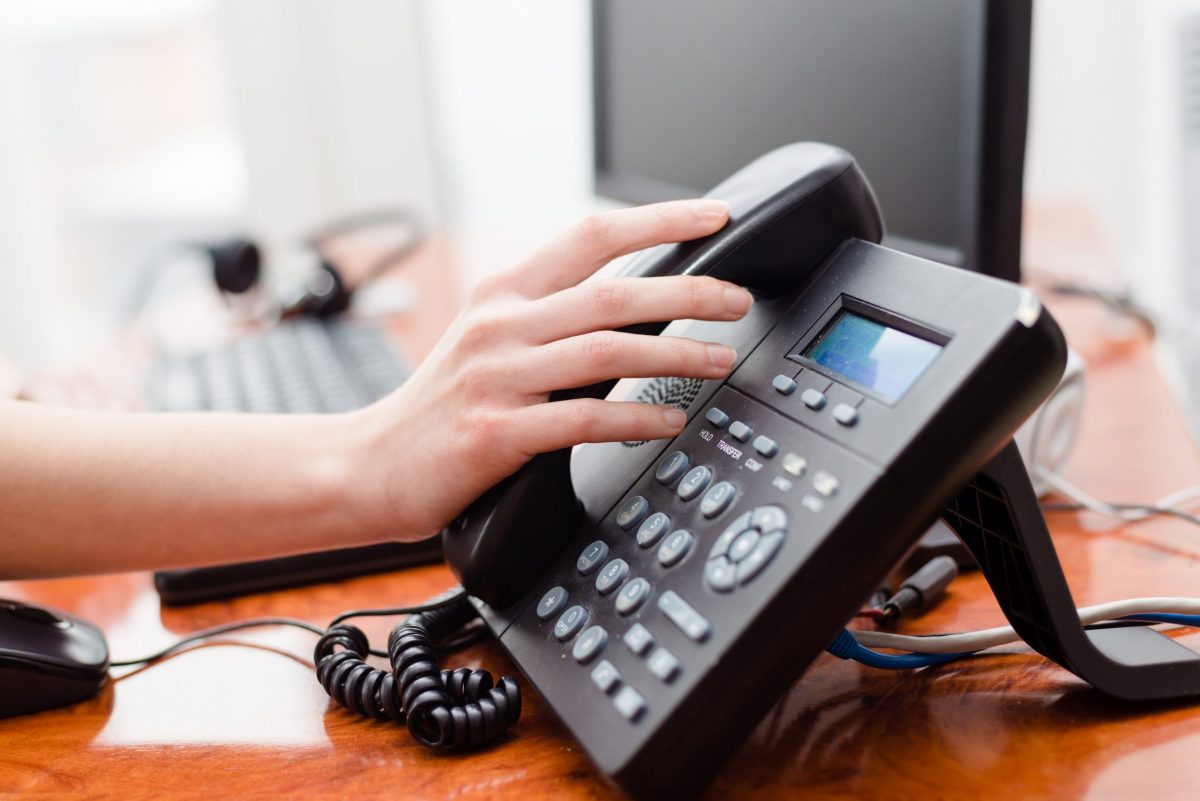Dr William Campbell, consultant in anaesthesia and pain medicine, on managing neuropathic pain and following new NICE guidance
1. The quality of pain provides a wealth of information. Neuropathic pain is mediated or generated by a primary lesion or dysfunction of the nervous system. Presentation may be any sensory quality imaginable, and if this sensation is unpleasant it fulfils the definition of pain. Typically, presentation is of a shooting, burning, abnormal or electric-shock-like sensation. This may be accompanied by a numb sensation.
2. A history of an initiating disorder is often, but not always, present. Herpes zoster pain can develop into the chronic pain of post-herpetic neuralgia in weeks. Diabetes and vascular insufficiency can result in a more gradual onset of pain within the limb peripheries. Nerve-root irritation caused by degenerative spinal disease may cause pain in the distribution of the nerve involved. However, this can be confused with spinal-facet problems, with pain that radiates into proximal aspects of the limb.
3. A gentle stimulus in the painful area often causes an abnormal sensation. An impaired ability to detect a sharp stimulus indicates malfunction of the nervous system. Lightly brushing the skin surface with cotton wool may produce an unpleasant sensation, known as allodynia, whereas an exaggerated response to gentle stimulation is referred to as hyperalgesia.
4. Unilateral facial pain that is intense and sharp, lasting only between seconds and minutes, and involving one or two divisions of the trigeminal nerve, may be due to trigeminal neuralgia. This pain is usually triggered by eating, or touching one specific part of the face, yet often doesn't disturb sleep patterns. Investigations such as an MRI of the brain may be indicated to exclude intracranial pathology, such as neoplasm or multiple sclerosis, especially if this occurs in the under-50s.
5. Tricyclic antidepressants are first-line drugs in managing neuropathic pain. This class of drug – recommended first-line in new NICE guidance1 – has a robust evidence base and at low dose helps 30-50% of patients. Most clinicians use amitriptyline in the dose range 10-50mg per day. If sedation is an issue, nortriptyline or imipramine within the same dose range as amitriptyline may be a satisfactory alternative. Serotonin and noradrenaline re-uptake inhibitors are alternatives, but although they have fewer side-effects they are not quite as efficacious.
6. In painful diabetic neuropathy, offer oral duloxetine as first-line treatment. This medication should be discontinued if there is inadequate response after two months. If duloxetine is ineffective or contraindicated, try amitriptyline.
7. Antiepileptics are also first-line medications in managing neuropathic pain. Gabapentin and pregabalin are the most widely used antiepileptics for pain problems. There is a large body of evidence for their efficacy but numbers needed to treat are about twice that for carbamazepine. The dosage is usually similar to that needed to manage epilepsy. Although all of these medications are associated with sedation and dizziness, these problems tend to be worse with carbamazepine. However, carbamazepine is the drug of choice in managing trigeminal neuralgia.
8. The use of opioids, after initiating first-line drugs, is worth considering. It is now known that this class of drug is of some benefit but is best used second line. Since neuropathic pain is only partly responsive to opioids it is important to set an upper limit of dose, such as 60mg oral morphine per day, otherwise dosage may escalate well beyond this through opioid tolerance and a lack of efficacy. Tramadol is an alternative.
9. Topical preparations such as lidocaine plaster and capsaicin are also worth considering if local allodynia or hyperalgesia are particularly problematic. Lidocaine plasters block neuronal sodium channels. They are applied for 12 hours in any 24-hour period and are very well tolerated, with patients appreciating the cooling sensation. Capsaicin gradually depletes nerves of the nociceptive transmitter substance P when used regularly. But the sensation of heat with capsaicin is a problem for some patients who cannot keep it on long enough for it to work. A more potent form of capsaicin is now available and a single application can be effective for months.
10. First-line drugs are often not well tolerated, so ‘go low and go slow' in escalating medication dose. This is especially true of carbamazepine because it is an enzyme inducer, but also applies to the other antiepileptics and the tricyclic antidepressants. First-line drugs can also be associated with weight gain, especially gabapentin and pregabalin. There is little point in rapidly escalating the dose as this can result in drug intolerance and its discontinuation. It is better to start at an ineffective dose and build up slowly.
Dr William Campbell is consultant in anaesthesia and pain medicine at Ulster Hospital, Dundonald, Belfast
Competing interests none declared
Further information
A useful web-based programme to help establish best practice. www.change-pain.co.uk
The LANSS pain scale for neuropathic pain. www.painclinic.org/popup/lanss.htm
SSRIs are an alternative first-line treatment for neuropathic pain Fluoxetine capsules















